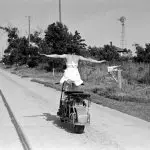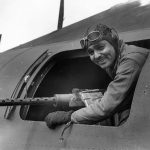The Vought-Sikorsky VS-300 holds a special place in aviation history as the helicopter that truly brought the dream of vertical flight to life.
The VS-300 was the first successful American single-main-rotor helicopter, and its development marked a significant milestone in the journey toward modern rotorcraft.
Let’s explore the fascinating story behind the VS-300, from its inception to its groundbreaking achievements that laid the foundation for the helicopters we know today.
The visionary behind the VS-300
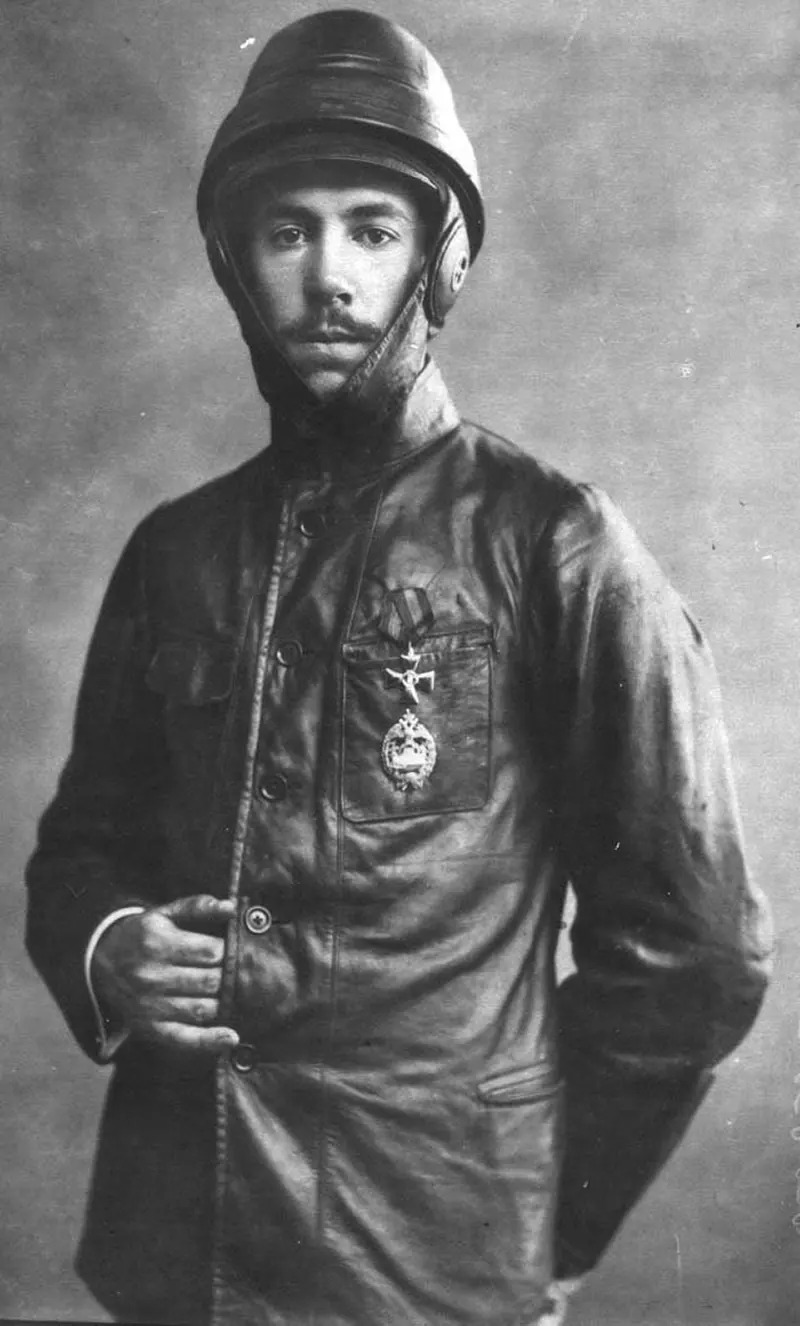
Igor Sikorsky’s fascination with flight began long before he created the VS-300. Born in Russia in 1889, Sikorsky was captivated by the idea of vertical flight from an early age.
After emigrating to the United States in 1919, he established himself as an aviation engineer, gaining recognition for his work on fixed-wing aircraft.

However, Sikorsky never let go of his dream to develop a helicopter, a machine that could take off and land vertically, hover in place, and move in any direction—something that had eluded engineers for decades.
As the Engineering Manager of the Vought-Sikorsky Division of United Aircraft Corporation, Sikorsky convinced the company’s directors to back his ambitious project.
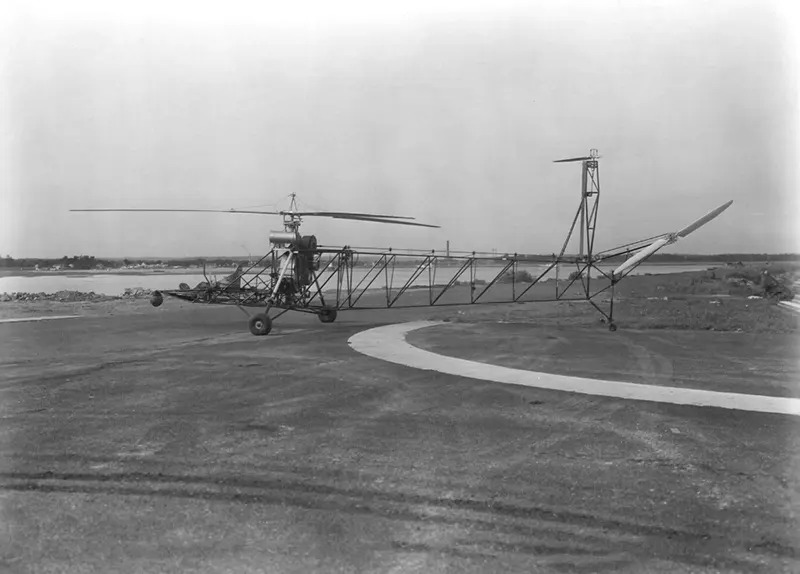
He believed that a single-engine helicopter with a main rotor and a tail rotor could achieve stable, controlled flight. This idea was revolutionary at the time, as most early helicopter designs struggled with issues like stability and control.
His vision was clear: to create a practical and reliable helicopter that could be used in a variety of real-world situations.
The birth of the VS-300
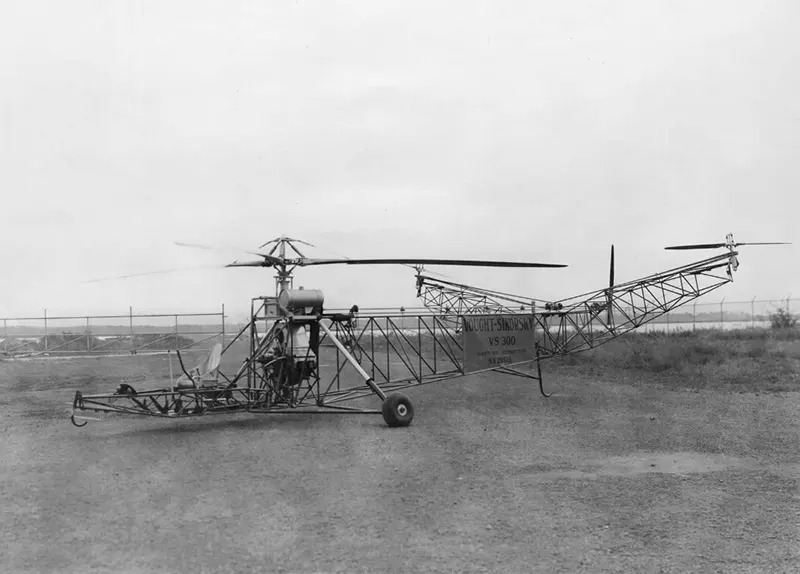
The development of the VS-300 began in 1938, with Sikorsky and his team working tirelessly to bring his vision to life.
The first test flight of the VS-300 took place on September 14, 1939. This initial flight was tethered, with cables attached to prevent the helicopter from lifting too high or veering off course.
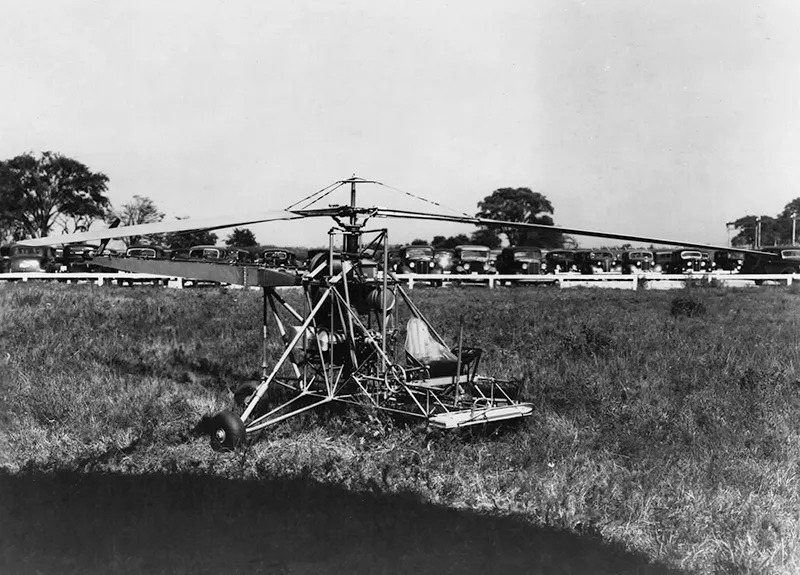
The VS-300 was powered by a modest 75 horsepower engine, which drove a single three-blade main rotor and a tail rotor to counteract torque.
This configuration was a significant innovation, as it allowed the helicopter to hover stably without spinning uncontrollably—an issue that had plagued many earlier designs.
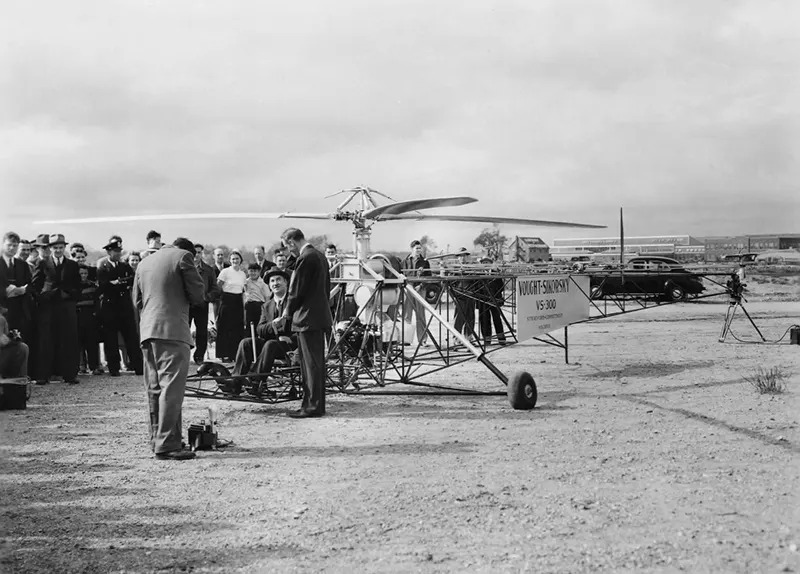
On May 13, 1940, the VS-300 made its first untethered flight, rising to a height of 15-20 feet and covering a distance of 200 feet before hovering, reversing, and landing safely.
This successful flight was a clear indication that Sikorsky’s design was not only functional but had the potential to revolutionize aviation.
The innovations of the VS-300
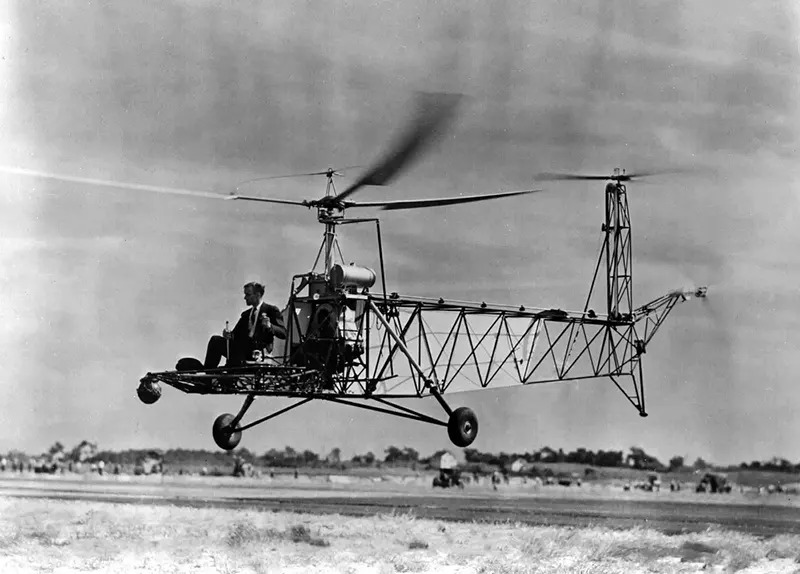
The VS-300 served as a platform for testing and refining a wide range of innovations that would shape the future of helicopter design.
One of the biggest challenges Sikorsky faced was perfecting the cyclic control system, which allows a helicopter to tilt and move in different directions.

Initially, the cyclic control was difficult to manage, leading Sikorsky to lock the cyclic and add two smaller vertical-axis lifting rotors on either side of the tail boom.
These additional rotors provided improved stability, but they also limited the helicopter’s ability to fly forward easily.
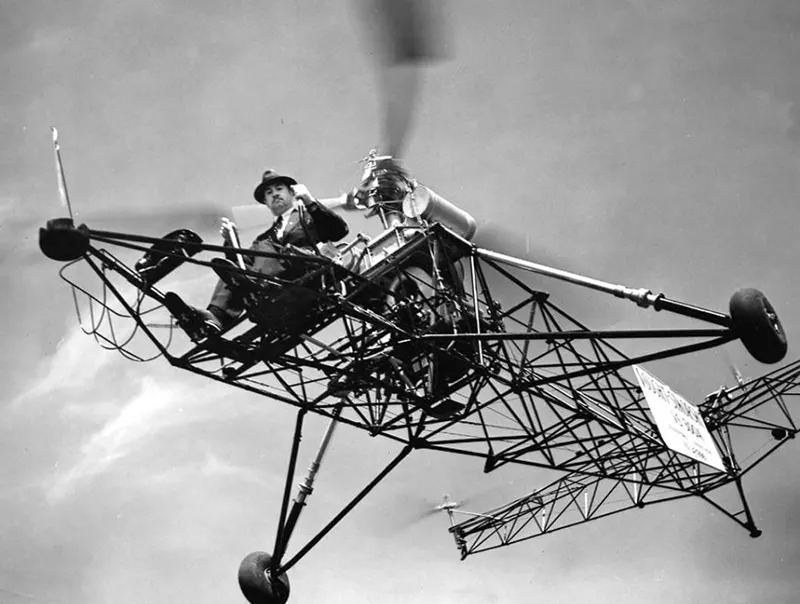
To address this issue, Sikorsky continued to experiment with different configurations.
In 1941, he removed the two vertical tail rotors and introduced a new cyclic control system that greatly improved the helicopter’s flight characteristics.
This was a critical breakthrough, as it made the VS-300 more maneuverable and easier to control, setting the standard for future helicopters.
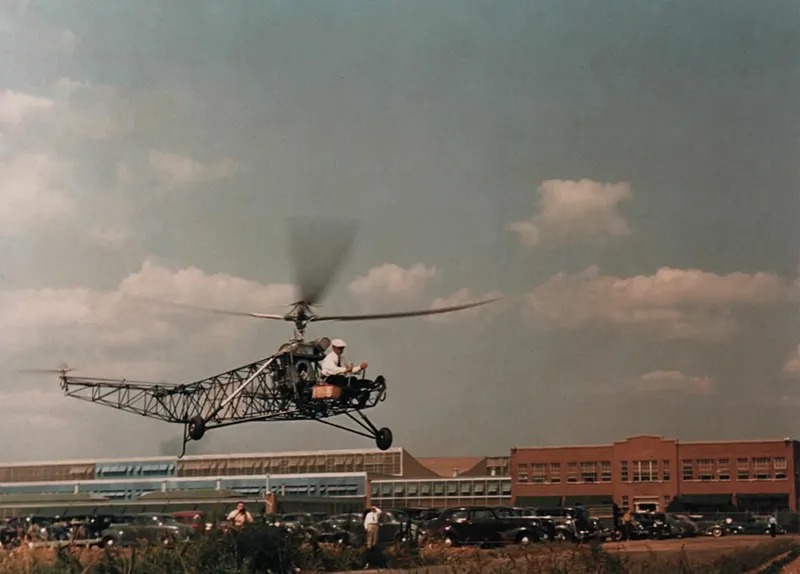
Another key innovation was adding utility floats to the VS-300, making it the first practical amphibious helicopter.
On April 17, 1941, Sikorsky successfully landed and took off from water with the VS-300, showing its versatility for various uses, like military missions and search and rescue.
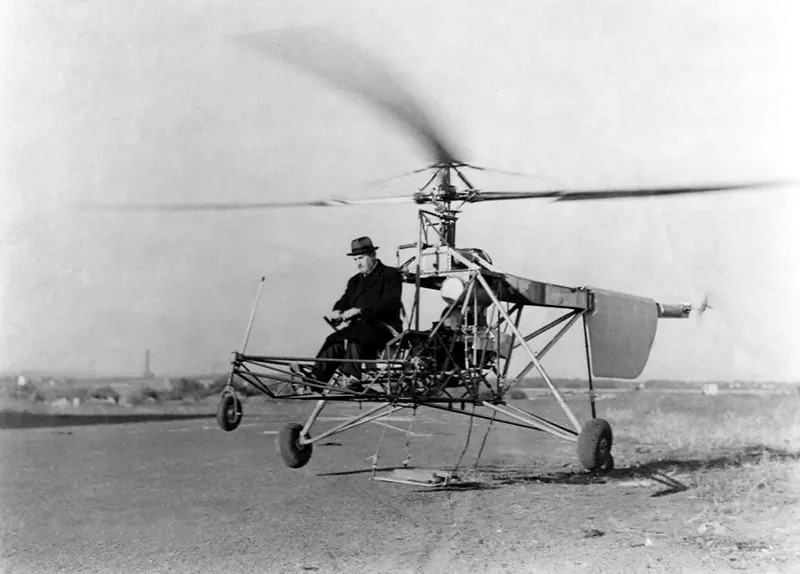
The VS-300 also demonstrated its endurance on May 6, 1941, when it set a world record by staying in the air for 1 hour, 32 minutes, and 26.1 seconds.
This achievement beat the previous record held by the German Focke-Wulf Fw 61 and proved the helicopter’s ability to handle long flights, which was crucial for its practical use.
The legacy of the VS-300

The success of the VS-300 marked a major milestone in aviation history, paving the way for the next generation of helicopters.
The lessons learned from the VS-300 directly contributed to the development of the Sikorsky R-4, the first helicopter to be mass-produced and used by the military during World War II.
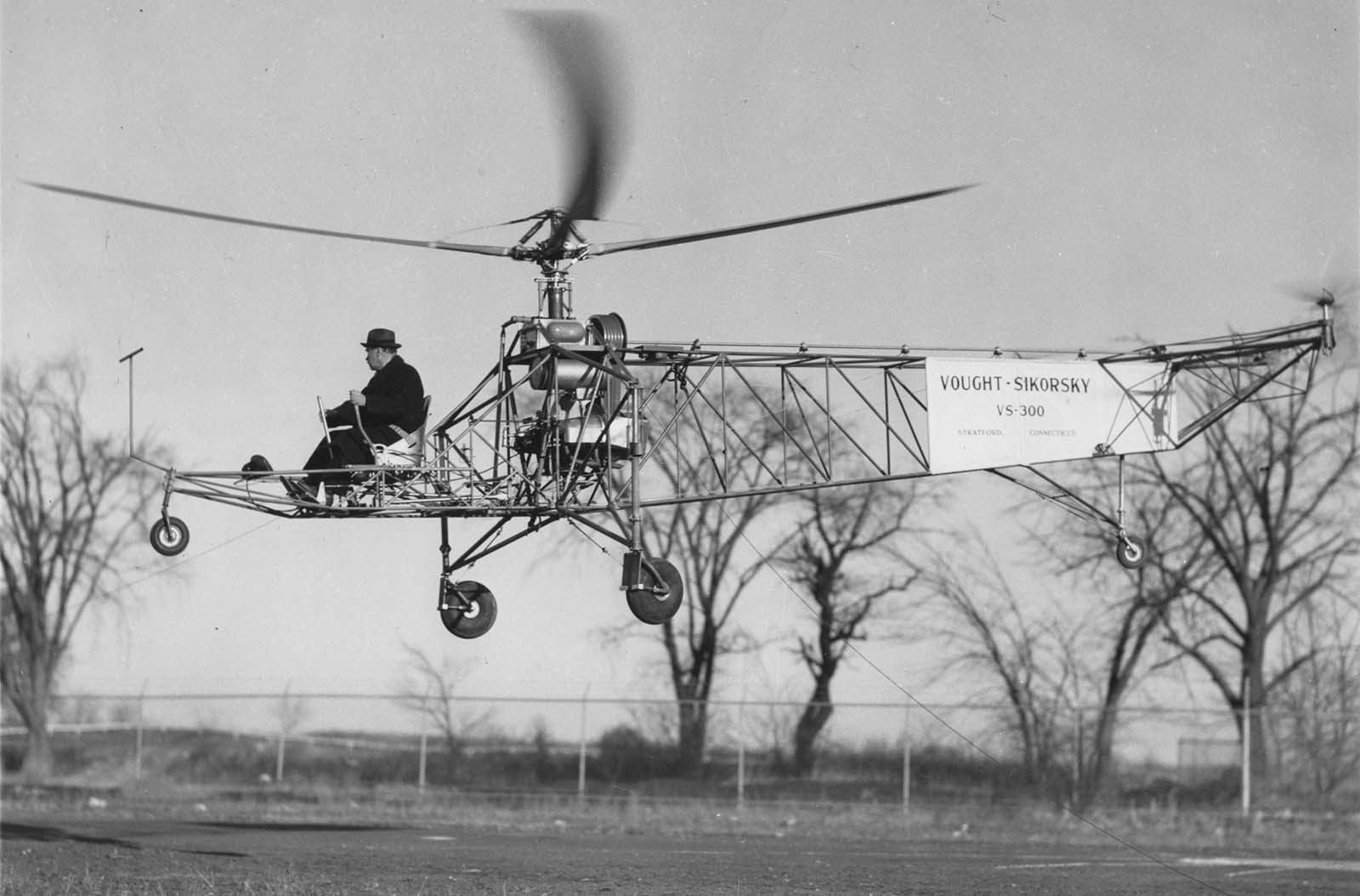
The R-4 incorporated many of the innovations tested in the VS-300, such as better control systems and a more powerful engine, making it a more capable and reliable aircraft.
The impact of the VS-300 went beyond its technical achievements. It showed that helicopters could be practical and useful, leading to their widespread adoption for various military and civilian purposes.

After its retirement in 1943, the VS-300 was donated to the Henry Ford Museum in Dearborn, Michigan, where it has been on display ever since (with a brief return to Sikorsky Aircraft for restoration in 1985).

